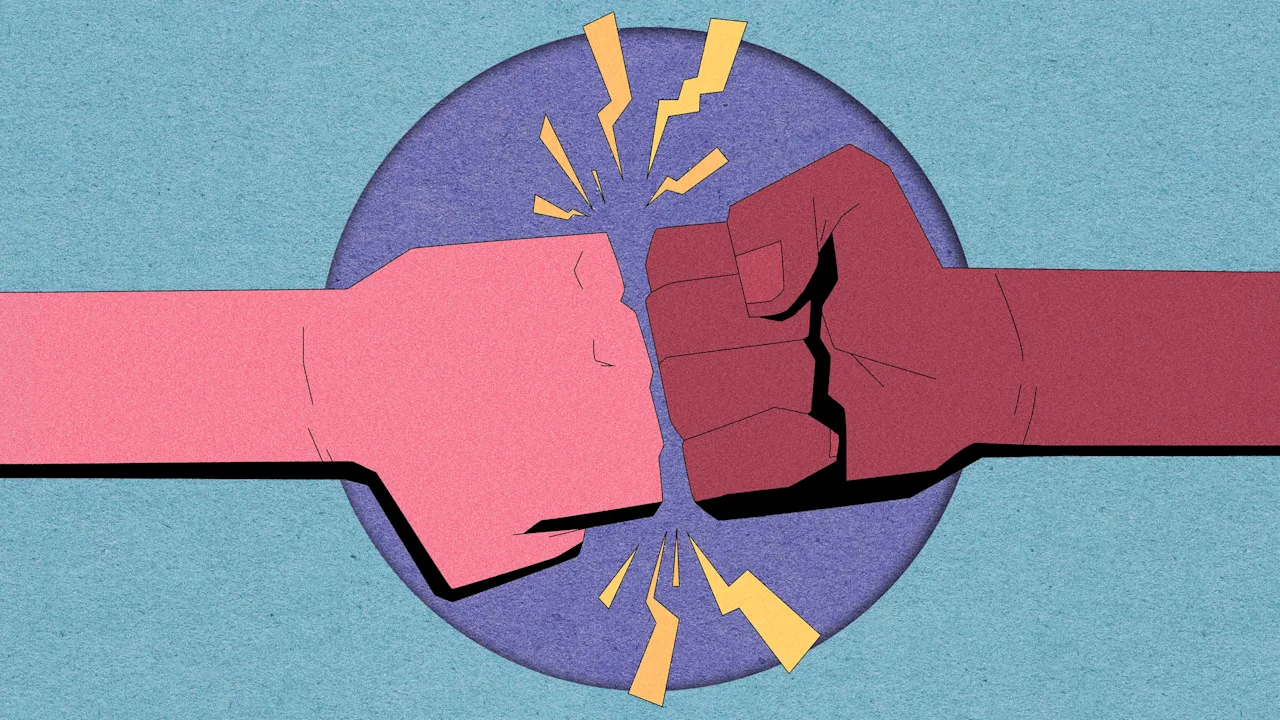How to Create an Effective Employee Retention Plan in 5 Simple Steps

Creating an effective employee retention plan involves a structured approach that addresses key concerns and nurtures a supportive environment. By evaluating employee needs, offering competitive benefits, and promoting career development, you can considerably reduce turnover. Moreover, cultivating a positive workplace culture and implementing recognition systems are essential for boosting morale. Comprehending these components is critical, as they form the foundation of a successful retention strategy. So, what specific steps can you take to improve your retention efforts?
Key Takeaways

- Assess employee needs through surveys and feedback to identify key areas for improvement in compensation and benefits.
- Create clear career development paths with training and mentorship opportunities to enhance growth and retention.
- Foster a positive workplace culture that encourages teamwork, inclusivity, and open communication among employees.
- Implement recognition systems to celebrate employee contributions, boosting morale and loyalty within the organization.
- Monitor retention metrics regularly and adjust strategies based on data analytics and employee feedback for continuous improvement.
Understanding Employee Retention: Why It Matters

Grasping employee retention is vital for any organization aiming for long-term success, as high turnover rates can lead to considerable costs and disrupt overall productivity.
To improve employee retention, focus on creating a positive workplace culture where employees feel valued. Engaging employees through development programs can likewise notably improve retention; those who see opportunities for career advancement are 20% more likely to stay for at least a year.
Conducting exit interviews can provide valuable insights into why employees leave, helping you identify trends and implement proactive solutions.
Eventually, cultivating open communication channels can further contribute to higher retention rates, ensuring your team remains loyal and committed, which translates into lower turnover costs and improved workplace morale.
Key Components of an Effective Employee Retention Plan

Creating a robust employee retention plan requires a multifaceted approach that addresses various factors influencing employee satisfaction.
First, guarantee competitive compensation and benefits, as 67% of employees prioritize these when deciding to stay.
Next, incorporate career development opportunities, like training and mentorship, since employees who see clear progression paths are 20% more likely to remain.
Cultivating a positive workplace culture characterized by inclusivity and collaboration improves satisfaction and retention rates.
Moreover, implement recognition systems to acknowledge employee contributions consistently, boosting morale and engagement.
Finally, establish open communication channels for feedback and dialogue. This creates a more engaged workforce, yielding improved loyalty and reduced turnover.
A well-rounded retention strategy example incorporates these fundamental components effectively.
Identifying Causes of Employee Turnover

What factors lead to employee turnover, and how can organizations effectively pinpoint them? A lack of career advancement opportunities tops the list, with 45% of employees leaving for limited growth paths.
Inadequate compensation is another major issue, as 67% seek higher-paying jobs because of dissatisfaction with their salaries.
Poor management practices also contribute, making employees feel unsupported and undervalued.
Moreover, work-life imbalance often drives resignations; employees experiencing burnout are 30% more likely to leave.
To address these issues, conducting exit interviews can provide insights into turnover causes, helping you identify patterns.
This data is vital for developing an effective employee retention strategy example, important for managing employee turnover and retention successfully.
Action Steps for Implementing Retention Strategies

An effective employee retention strategy requires a structured action plan to guarantee the successful implementation of initiatives designed to keep valuable talent within the organization.
Start by developing a clear action plan that outlines specific strategies, responsible parties, and timelines. Conduct regular check-ins and feedback sessions with employees to assess the effectiveness of your engagement retention initiatives.
Assign measurable goals for each strategy, like reducing turnover by a set percentage within a defined timeframe. Communicate the retention plan transparently to all employees, encouraging comprehension and buy-in.
Finally, utilize data analytics to monitor retention metrics and employee sentiment continuously. This approach allows you to identify emerging trends and make timely modifications to the retention plan, ensuring its ongoing effectiveness.
Creating a Positive Workplace Culture and Recognition Systems

A positive workplace culture greatly contributes to employee retention and satisfaction. When employees feel valued and included, they’re more engaged and less likely to leave. Implementing innovative employee retention strategies, like nurturing teamwork, helps build a sense of belonging. Recognition systems that celebrate both big and small contributions are essential in enhancing loyalty.
| Recognition Type | Frequency | Impact on Morale |
|---|---|---|
| Formal Awards | Monthly | High |
| Peer Recognition | Weekly | Medium |
| Informal Praise | Daily | Low |
Regularly evaluating these recognition initiatives based on employee feedback can guarantee they remain effective. This retention plan example shows how a culture of gratitude can greatly boost satisfaction and retention rates.
Conclusion

In summary, implementing an effective employee retention plan involves evaluating needs, offering competitive compensation, providing career development, nurturing a positive culture, and recognizing contributions. By addressing these key components, organizations can greatly reduce turnover and improve employee loyalty. Regularly reviewing the plan based on feedback and turnover metrics guarantees it remains relevant and effective. In the end, prioritizing employee satisfaction not just benefits individuals but also contributes to overall organizational success.
Image Via Envato
This article, "How to Create an Effective Employee Retention Plan in 5 Simple Steps" was first published on Small Business Trends
What's Your Reaction?
 Like
0
Like
0
 Dislike
0
Dislike
0
 Love
0
Love
0
 Funny
0
Funny
0
 Angry
0
Angry
0
 Sad
0
Sad
0
 Wow
0
Wow
0





























































































